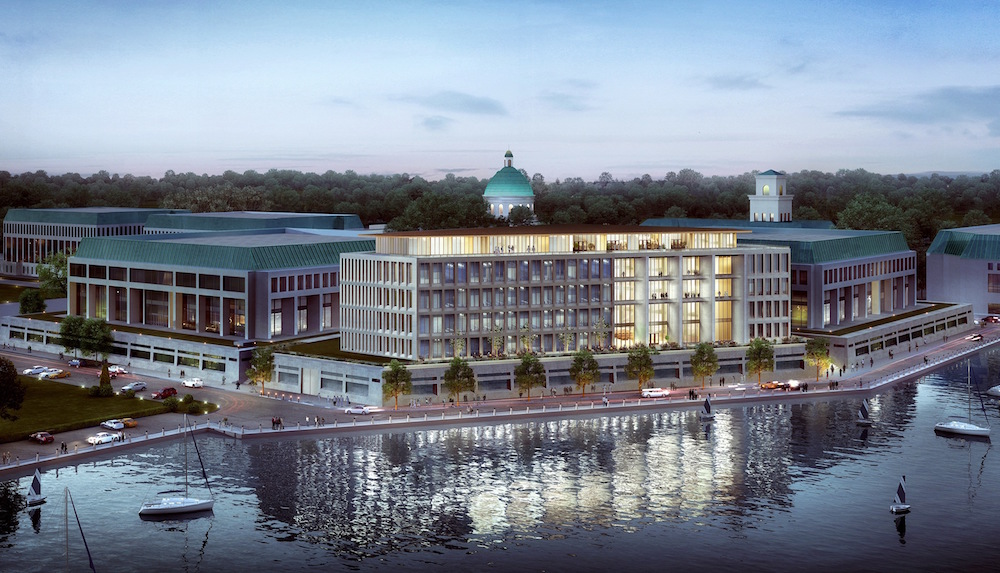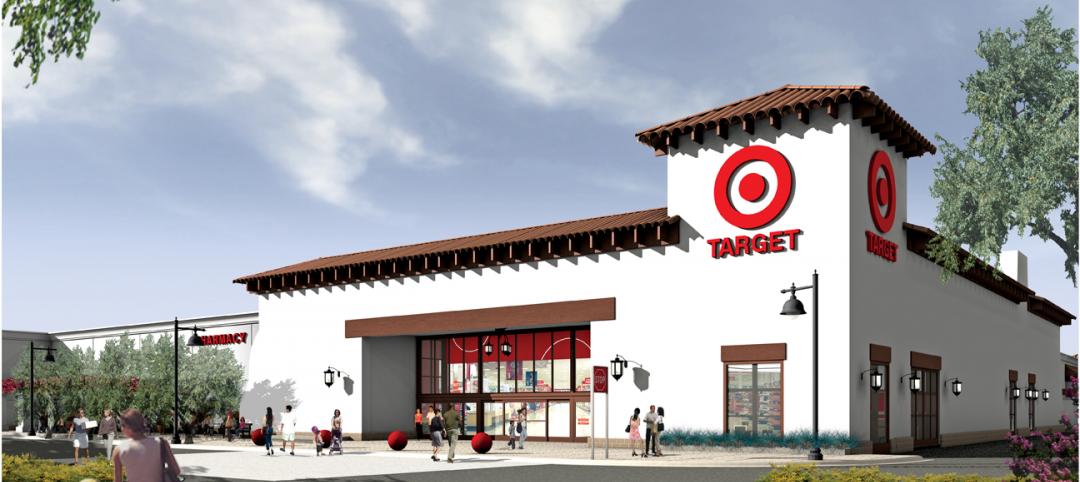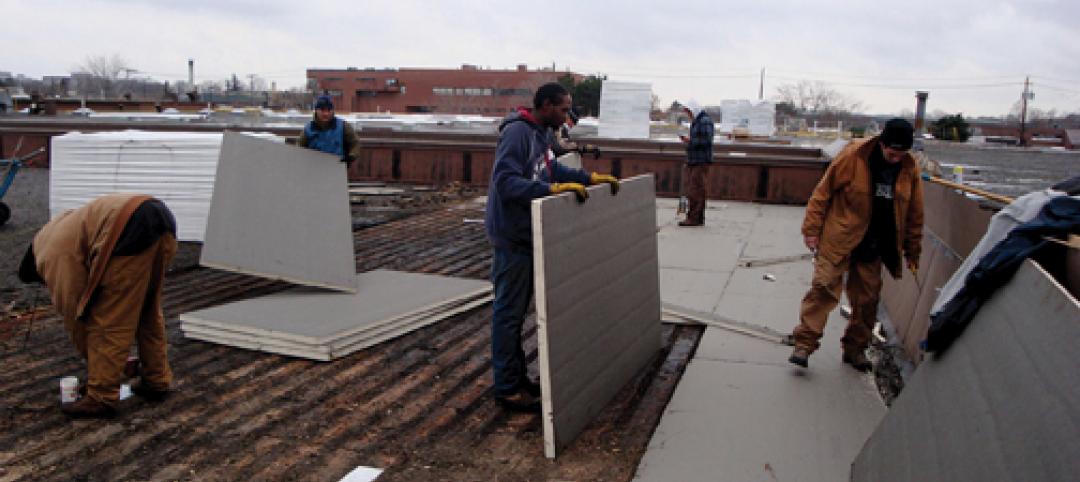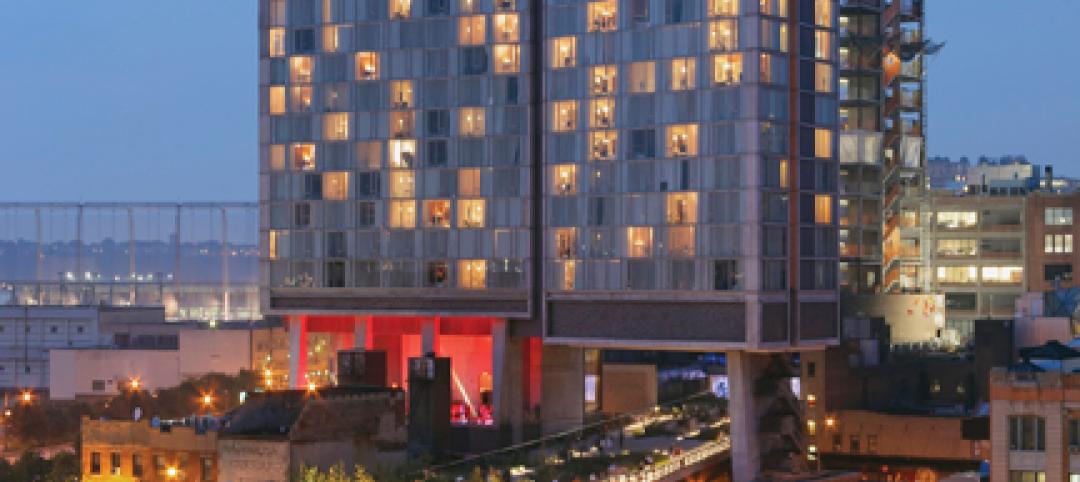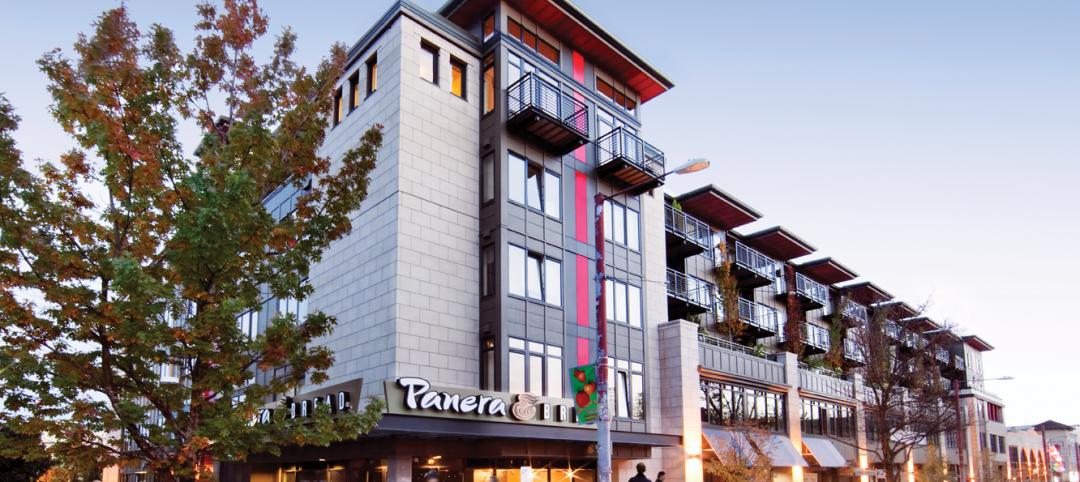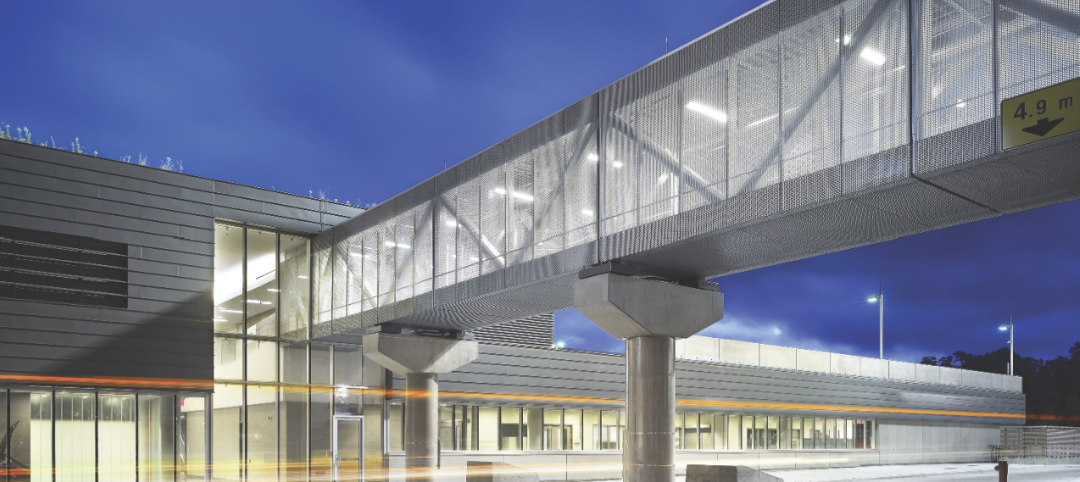Contractors need to be nimble enough to position themselves for whatever the market yields. “We want to be a ‘must consider’ for every project, and to be that, we must constantly improve,” says Pat Di Filippo, Executive Vice President of Turner’s Northeast region.
For the past several years, design-build has accounted for 10–15% of Turner’s work. “If you’re going to do design-build, you have to be able to drive the design,” Di Filippo says. The company is also pursuing projects more aggressively via public-private partnerships.
Last year, the company launched Turner Engineering Group, which now has 16 experts. Di Filippo, who leads the group, says there is “a tremendous thirst” for TEG’s services throughout the company. Its services have been expanded to include design peer review.
One recent project where TEG is providing services is the $114 million Center for Cyber Security Studies at the U.S. Naval Academy, which the design-build team of Turner and Skidmore, Owings & Merrill has been selected to deliver. The 206,400-sf facility will include a research and testing tank to support its engineering and weapons labs, an observatory, offices, and collaborative spaces for students and faculty.
Turner also has been cultivating its self-perform capabilities, such as concrete pouring. Last year, it hired nine regional Lean practice managers to streamline construction and reduce costs.
Making Turner a Lean practices company is a work in progress. “But the results are moving in the right direction,” Di Filippo says.
He is cautiously optimistic about business, especially in New York City, where several mega-projects are in the works. “We’re geared up for opportunities,” he says.
RETURN TO THE GIANTS 300 LANDING PAGE
Related Stories
| Jan 7, 2011
BIM on Target
By using BIM for the design of its new San Clemente, Calif., store, big-box retailer Target has been able to model the entire structural steel package, including joists, in 3D, chopping the timeline for shop drawings from as much as 10 weeks down to an ‘unheard of’ three-and-a-half weeks.
| Jan 7, 2011
How Building Teams Choose Roofing Systems
A roofing survey emailed to a representative sample of BD+C’s subscriber list revealed such key findings as: Respondents named metal (56%) and EPDM (50%) as the roofing systems they (or their firms) employed most in projects. Also, new construction and retrofits were fairly evenly split among respondents’ roofing-related projects over the last couple of years.
| Jan 7, 2011
Total construction to rise 5.1% in 2011
Total U.S. construction spending will increase 5.1% in 2011. The gain from the end of 2010 to the end of 2011 will be 10%. The biggest annual gain in 2011 will be 10% for new residential construction, far above the 2-3% gains in all other construction sectors.
| Jan 7, 2011
Mixed-Use on Steroids
Mixed-use development has been one of the few bright spots in real estate in the last few years. Successful mixed-use projects are almost always located in dense urban or suburban areas, usually close to public transportation. It’s a sign of the times that the residential component tends to be rental rather than for-sale.
| Jan 4, 2011
Product of the Week: Zinc cladding helps border crossing blend in with surroundings
Zinc panels provide natural-looking, durable cladding for an administrative building and toll canopies at the newly expanded Queenstown Plaza U.S.-Canada border crossing at the Niagara Gorge. Toronto’s Moriyama & Teshima Architects chose the zinc alloy panels for their ability to blend with the structures’ scenic surroundings, as well as for their low maintenance and sustainable qualities. The structures incorporate 14,000 sf of Rheinzink’s branded Angled Standing Seam and Reveal Panels in graphite gray.
| Jan 4, 2011
6 green building trends to watch in 2011
According to a report by New York-based JWT Intelligence, there are six key green building trends to watch in 2011, including: 3D printing, biomimicry, and more transparent and accurate green claims.
| Jan 4, 2011
LEED 2012: 10 changes you should know about
The USGBC is beginning its review and planning for the next version of LEED—LEED 2012. The draft version of LEED 2012 is currently in the first of at least two public comment periods, and it’s important to take a look at proposed changes to see the direction USGBC is taking, the plans they have for LEED, and—most importantly—how they affect you.
| Jan 4, 2011
California buildings: now even more efficient
New buildings in California must now be more sustainable under the state’s Green Building Standards Code, which took effect with the new year. CALGreen, the first statewide green building code in the country, requires new buildings to be more energy efficient, use less water, and emit fewer pollutants, among many other requirements. And they have the potential to affect LEED ratings.
| Jan 4, 2011
New Years resolutions for architects, urban planners, and real estate developers
Roger K. Lewis, an architect and a professor emeritus of architecture at the University of Maryland, writes in the Washington Post about New Years resolutions he proposes for anyone involved in influencing buildings and cities. Among his proposals: recycle and reuse aging or obsolete buildings instead of demolishing them; amend or eliminate out-of-date, obstructive, and overly complex zoning ordinances; and make all city and suburban streets safe for cyclists and pedestrians.


